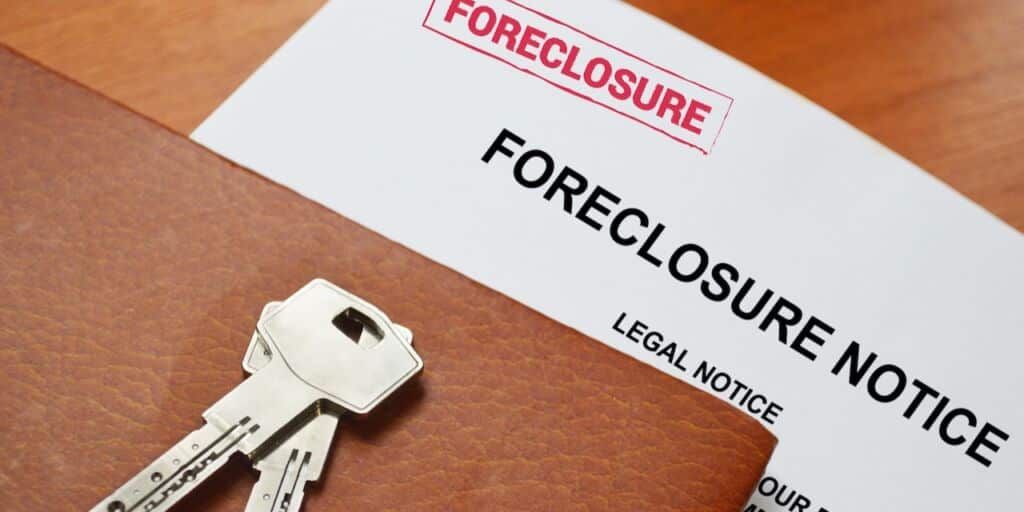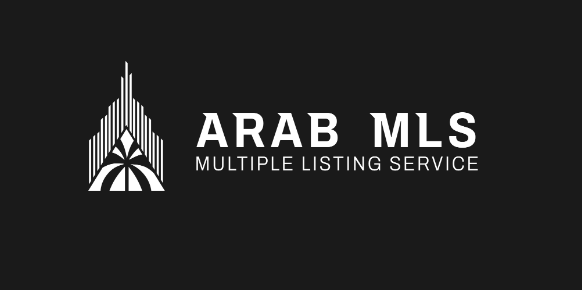In today’s dynamic real estate landscape, savvy professionals and investors are always seeking new opportunities to generate value and capitalize on market shifts. One such avenue with growing interest is foreclosure listing services. As a business model or service offering, foreclosure listing services provide real estate agents, brokers, investors, and homebuyers with access to properties that have entered foreclosure—typically priced below market value. For those looking to enter or expand within the real estate industry, offering foreclosure listing services can be a lucrative and impactful niche.
What Are Foreclosure Listing Services?
Foreclosure listing services compile and present comprehensive databases of properties that are in various stages of the foreclosure process. These may include:
-
Pre-foreclosure properties (owners have defaulted but foreclosure is not complete),
-
Auction properties (scheduled for public auction),
-
Bank-owned or REO (Real Estate Owned) properties (repossessed by lenders),
-
Government foreclosures (owned by HUD, VA, etc.).
By subscribing to or accessing these listings, users gain valuable insight into discounted or distressed properties that can be purchased below market value, renovated, and resold or rented for profit.
Why Offer Foreclosure Listing Services?
There are several compelling reasons why real estate professionals and entrepreneurs may want to offer foreclosure listing services:
High Demand
Foreclosures present opportunities for buyers and investors to purchase homes at significantly reduced prices. As home affordability remains a challenge in many markets, interest in foreclosures remains consistently high.
Niche Specialization
While the general real estate market is saturated with listings, foreclosure properties are more complex to find and understand. Offering a specialized service positions your brand as a go-to expert in distressed properties, which can command higher fees or attract loyal users.
Recurring Revenue Model
If structured as a subscription-based service, foreclosure listing platforms can generate recurring income from users who pay monthly or annually for exclusive access to updated property data.
Added Value for Real Estate Professionals
Real estate agents, brokers, and wholesalers can integrate foreclosure listings into their service offerings to stand out from competitors. It gives them a unique tool to serve investor clients or bargain-hunting homebuyers.
Key Components of a Foreclosure Listing Service
To provide a valuable foreclosure listing service, it’s crucial to ensure the following elements are included:
Accurate and Up-to-Date Data
Success in this niche depends heavily on access to reliable and frequently updated data. This might come from public records, county courthouses, bank databases, or real estate aggregators.
User-Friendly Platform
Whether it’s a mobile app or a website, the user interface must be intuitive, fast, and easy to navigate. Advanced filtering by location, price, stage of foreclosure, and property type is essential.
Detailed Property Information
Each listing should include vital data such as the property’s address, estimated market value, amount owed, auction date (if applicable), and any legal notices or liens.
Educational Resources
Many potential customers—especially first-time investors—may be unfamiliar with the foreclosure process. Offering guides, webinars, glossaries, and tips can increase engagement and reduce customer churn.
Integration with Real Estate Tools
Advanced services can include property valuation tools, neighborhood analytics, ROI calculators, and CRM integration for real estate professionals.

How to Start Offering Foreclosure Listing Services
Step 1: Research and Licensing
Begin by understanding local and national foreclosure laws. Depending on your country or state, there may be specific regulations governing how foreclosure data is accessed and shared.
Step 2: Build Partnerships
Collaborate with county clerks, legal databases, banks, and government agencies to gather data. You may also partner with existing listing services for data licensing agreements.
Step 3: Develop the Platform
You’ll need a secure and scalable tech platform—either custom-built or using an existing real estate CMS. Investing in search engine optimization (SEO) and digital marketing is also crucial to attract subscribers.
Step 4: Set Pricing and Subscription Tiers
Many services offer free trials, followed by monthly or annual fees. You might offer tiered plans that include additional features such as alerts, investment insights, or personal consultations.
Step 5: Promote the Service
Use digital channels like social media, PPC advertising, email marketing, and webinars to reach real estate professionals and investors. Highlight success stories and case studies to build trust.
Challenges to Anticipate
While offering foreclosure listing services has strong potential, there are a few challenges to be aware of:
-
Data Reliability: Maintaining accurate and current listings can be labor-intensive and may require constant database monitoring.
-
Legal Compliance: Foreclosure laws can vary dramatically by jurisdiction, so you must ensure compliance and avoid unauthorized use of sensitive information.
-
Customer Support: Users may require frequent assistance understanding listings or navigating the purchase process, particularly newcomers to foreclosure investing.
-
Market Volatility: The volume of foreclosures can fluctuate depending on the economy, interest rates, and lending practices.
Conclusion
Foreclosure listing services offer a compelling business opportunity in the real estate sector, particularly for those looking to specialize in distressed or undervalued properties. By providing a valuable resource to investors and buyers—while maintaining accuracy, usability, and educational support—you can build a sustainable and profitable service. Whether you are a real estate professional looking to diversify or an entrepreneur eyeing the real estate tech space, now is a prime time to explore this niche and unlock its potential.

Frequently Asked Questions
What is a foreclosure listing service?
A foreclosure listing service is a platform—usually a website or app—that provides detailed information about properties that are in foreclosure. These listings may include pre-foreclosures, auctions, bank-owned (REO) properties, and government-seized homes. The service helps buyers, investors, and real estate professionals find below-market deals, often before they hit the general market.
Who can benefit from using foreclosure listings?
Foreclosure listings are beneficial for a variety of users:
-
Real estate investors seeking undervalued properties to renovate and resell or rent out.
-
First-time homebuyers looking for more affordable housing options.
-
Real estate agents and brokers who want to serve investor clients or grow their niche.
-
Wholesalers who specialize in distressed properties.
-
Flippers looking for homes they can buy low, rehab, and sell for a profit.
Where does the data for foreclosure listings come from?
Foreclosure data is collected from a variety of public and private sources, including:
-
County court records
-
Public notices and legal filings
-
Auction announcements
-
Bank and lender databases
-
Government agencies (e.g., HUD, VA, Fannie Mae)
A good foreclosure listing service compiles and updates this data regularly to ensure accuracy and timeliness.
Are foreclosure listings free to access?
Some foreclosure information may be publicly available, but it’s often difficult to find, scattered across different sources, or outdated. A foreclosure listing service saves users time and effort by offering all listings in one place with filters, alerts, and added details. Most platforms operate on a subscription basis, though they may offer free trials or limited free access.
How often are the listings updated?
The best foreclosure listing services update their databases daily or multiple times per week. Because foreclosure status can change quickly—especially with auctions and legal proceedings—frequent updates are crucial. Our service monitors multiple sources to ensure you have the most current information available.
How do I buy a property from a foreclosure listing?
The process depends on the stage of foreclosure:
-
Pre-foreclosure: You can negotiate directly with the homeowner, often through a real estate agent.
-
Auction: You’ll need to bid at a public auction, often with cash or certified funds.
-
Bank-owned (REO): You buy through the bank or their appointed real estate agent, similar to a regular home purchase.
-
Government-owned: You submit offers through government portals like HUD Homes.
We provide guidance and educational resources to help you understand each buying process.













